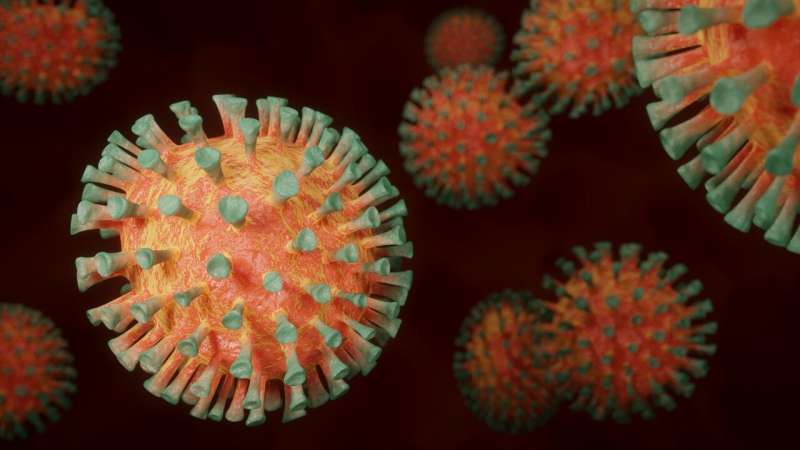Blood Protein HMGB1 Identified as Key Player in Systemic Aging Transmission

A pioneering study reveals that the blood protein HMGB1 plays a crucial role in spreading aging signals across the body, offering new possibilities for anti-aging therapies.
Recent research from Korea University College of Medicine has uncovered a groundbreaking mechanism by which cellular aging may spread throughout the body via the bloodstream. The study highlights the role of a blood protein called HMGB1—specifically its redox-sensitive form, ReHMGB1—in promoting systemic senescence, which is a hallmark of aging.
Senescent cells, which accumulate with age, secrete various pro-inflammatory factors known as the senescence-associated secretory phenotype (SASP). These factors impair tissue regeneration and contribute to tissue dysfunction. Although the local effects of senescent cells are well-known, how aging signals propagate across different tissues was previously unclear.
The research team demonstrated that ReHMGB1 circulates freely in the blood and induces aging features in distant tissues. Laboratory experiments with human cells showed that ReHMGB1 triggers senescence markers, such as p21 and p16, and promotes SASP factor expression. In mouse models, systemic administration of ReHMGB1 resulted in increased tissue aging signs and reduced muscle function.
Importantly, the study found that neutralizing HMGB1 with specific antibodies in middle-aged mice reduced senescence markers and improved muscle regeneration and physical performance. This suggests that targeting extracellular HMGB1 may offer a promising therapeutic strategy to combat age-related tissue decline.
Professor Ok Hee Jeon explained that aging signals are not confined to local cells but can be transmitted systemically through the bloodstream, with ReHMGB1 serving as a key driver. Interrupting this pathway could potentially restore tissue regenerative capacity and mitigate aging effects.
This innovative research opens new avenues for developing anti-aging therapies that focus on systemic factors like HMGB1. Collaborations with experts in aging biology, including Professors Irina Conboy and Christopher Wiley, underpin the significance of these findings for future medical applications.
Source: https://medicalxpress.com/news/2025-06-blood-protein-hmgb1-aging-body.html
Stay Updated with Mia's Feed
Get the latest health & wellness insights delivered straight to your inbox.
Related Articles
Respiratory Infections Can Reactivate Dormant Breast Cancer Cells in the Lungs
New studies reveal that respiratory viruses like COVID-19 and influenza can awaken dormant breast cancer cells in the lungs, increasing metastasis risk in cancer survivors. Insights from mouse models and population data suggest immune responses, particularly IL-6, play a key role, highlighting the importance of preventive measures and targeted therapies.
Insights from Animal Studies on Binge-Eating Behavior
Animal research offers valuable insights into the brain and behavioral changes caused by binge-eating, highlighting the importance of policy and informed dietary choices in managing this complex disorder.
Improving Urban Environments Could Prevent Nearly 1 in 10 Asthma Cases, Large-Scale Study Finds
A large European study reveals that nearly 1 in 10 asthma cases could be prevented through better urban planning, reducing pollution, and increasing green spaces.



